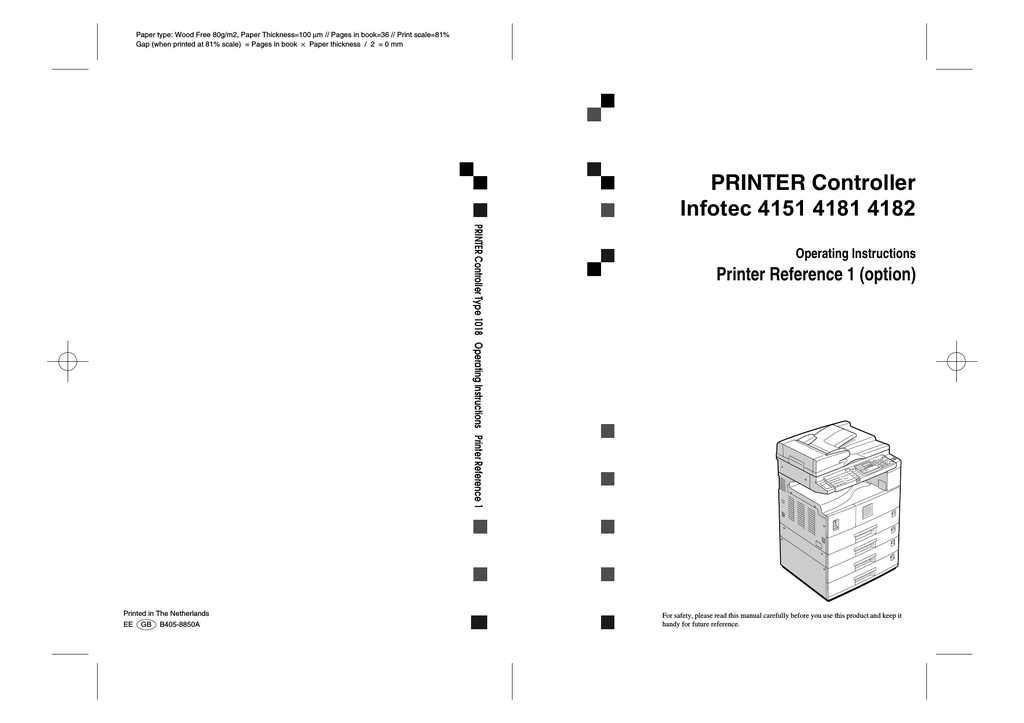- Postscript Printer Driver For Pagemaker 7.0
- Postscript Printer Driver For Adobe Pagemaker 7.0 Free Download
- Pagemaker 7 Postscript Printer Driver For Windows 7 Download

Adobe PostScript translates documents into print – exactly as intended. Released in 1984 as Adobe’s founding technology, PostScript played a key role in the Desktop Publishing Revolution. It was the first device-independent Page Description Language (PDL), and also a programming language. Today, enterprises around the world rely on Adobe PostScript for accurately printing documents from any application. The Adobe PostScript SDK (Software Development Kit) runs on a wide-range of operating systems and real-time platforms, and is licensed by leading Original Equipment Manufacturers (OEMs).
We still get many questions about the differences between PostScript and PCL drivers so let’s take a look at these two types of drivers. Most of the Xerox printers and multifunction printers can use either the PostScript or PCL driver. Please be aware that the PostScript function may be an optional feature on some printers. The PostScript feature would need to be purchased and installed prior to using a PostScript driver. You might find this post informative and helpful in deciding which driver is best for you and your business. This article is taken straight from a case in our.Printer Control Language NOTE: PCL is a trademark of the Hewlett-Packard Company.Printer Control Language, or PCL, is a common printing language used widely by many different printer manufacturers. PCL is supported by many different operating systems which allows for the same printer to work in many different environments.PCL is device dependent.

Postscript Printer Driver For Pagemaker 7.0
This means that the drivers for this language utilize the printer hardware for creating some of the printed data, usually graphics data such as fill areas, underlines or fonts. This allows the computer to process the print job quickly and efficiently. The printer is then responsible to complete the creation and processing of page data. Individual printers may perform these tasks differently giving you a slightly different output.Pros:. Fast print processing.
Widely supported in many different operating system platforms.Cons:. The same print job on two different printers may vary slightly. Quality of graphics is dependent on the print device. Not supported in most Macintosh environments.PostScriptPostScript language, or PS, is a common printing language also used widely by many different printer manufacturers.
It is used heavily in Macintosh platforms and for graphic applications in several platforms. It is a device-independent page description language developed by Adobe, which is used to print and display pictures and text. PostScript 3 and newer includes many enhancements to older versions of PostScript, including improved image quality and color.Unlike PCL, PostScript is device independent. This means that the PostScript language creates all of the print data and does not rely on the printer for print data. This allow the output to be consistent when printed on more than one type of printer or print device.
Specifically, the graphic objects will be consistent and in some cases of higher quality than PCL.Pros:. Graphical objects are often more detailed.
Postscript Printer Driver For Adobe Pagemaker 7.0 Free Download
The same print file should print identically on two or more different print devices. (This most beneficial when used for printing drafts on one printer then sending out to a printing company for production.)Cons:. Print processing can be slow.
Pagemaker 7 Postscript Printer Driver For Windows 7 Download
Not found in as many platforms as PCL. Print file and memory requirements are larger.NOTE: PPD (PostScript Printer Description file) is a file containing information about a particular PostScript print device’s capabilities and restrictions. The information in the PPD is presented via the printer driver.
Choose the driver that is right for you and your business and download the current version of your driver from the for your machine. Post navigation.